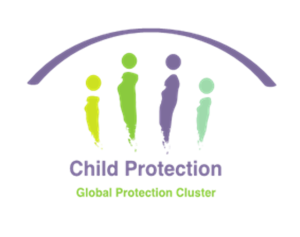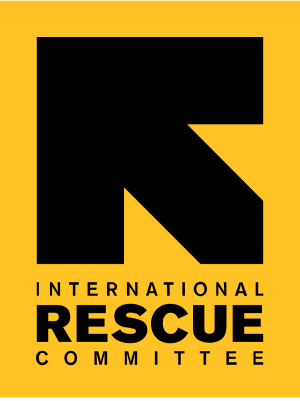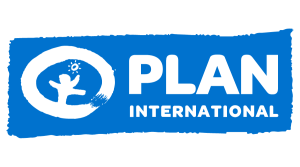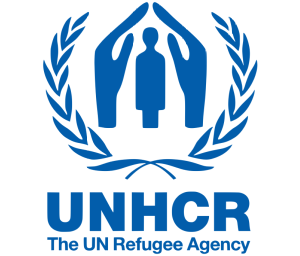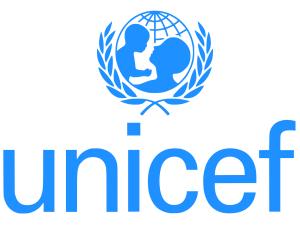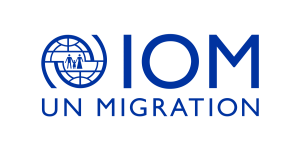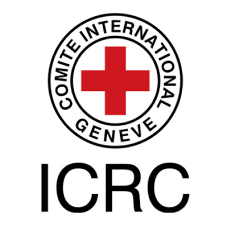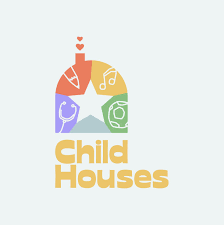
Dirigé par: International Rescue Committee and UNHCR
Notre mission
Améliorer la protection des enfants non accompagnés et séparés dans les situations de conflit et de catastrophe naturelle, en renforçant et en harmonisant la gestion des cas d'enfants non accompagnés et séparés. Le groupe de travail "Enfants non accompagnés et séparés" fournit un appui et du matériel techniques pour guider l'élaboration de politiques et de programmes dans le traitement de tous les cas de séparation familiale.
Principales priorités du groupe spécialisé "Enfants non accompagnés et séparés"
- Assurer que les standards et les outils techniques pour la programmation ENAS reflètent les dernières données et le retour d'information de tous les acteurs concernés, y compris les autres secteurs et les partenaires locaux.
- Améliorer la capacité des acteurs de tous les niveaux et dans tous les contextes, en particulier les acteurs locaux, à accéder aux outils techniques et aux connaissances existantes sur les ENAS dans les contextes humanitaires.
- Faciliter la coordination, la participation et les contributions de tous les membres du groupe de travail ENAS ainsi qu'une collaboration efficace entre d'autres groupes et entités internes et externes à l'Alliance.
- Fournir des solutions appropriées à toutes les questions et problèmes adressés au groupe de travail ENAS.
Task Force Member Organisations
Key Tools
The Unaccompanied and Separated Children Task Force - Offer of Support
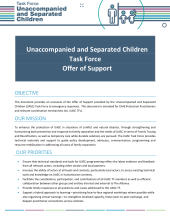
This Offer of Support outlines how the Unaccompanied and Separated (UASC) Children Task Force provides technical materials and support to guide policy development, advocacy, communication, programming, and resource mobilisation in addressing all cases of family separation.
It highlights the UASC Task Fore's mission, priorities, and the practical support available to practitioners—including key
Toolkit on Unaccompanied and Separated Children (UASC)

The Unaccompanied and Separated Children (UASC) Toolkit is a product of the Inter-agency Working Group on Unaccompanied and Separated Children (IAWG UASC). It was produced in conjunction with the Unaccompanied and Separated Children (UASC) Field Handbook, 2016.
In 2004, the Inter-agency Guiding Principles on Unaccompanied and Separated Children established the, at-the-time unique, core principles
Field Handbook on Unaccompanied and Separated Children (UASC)

The Unaccompanied and Separated Children (UASC) Field Handbook is a product of the Inter-agency Working Group on Unaccompanied and Separated Children (IAWG UASC). It was produced in conjunction with the Unaccompanied and Separated Children Toolkit, 2017.
In 2004, the Inter-agency Guiding Principles on Unaccompanied and Separated Children established the, at-the-time unique, core principles for
Alternative Care in Emergencies Toolkit (2013)

The Alternative Care in Emergencies (ACE) Toolkit is designed to facilitate interagency planning and implementation of alternative care and related services for children separated from or unable to live with their families during and after an emergency. There is no single type of care placement that will meet the needs of all children. Each emergency will have its own set of protection risks
Resources
Key Considerations | Family Tracing and Reunification (FTR) for Unaccompanied and Separated Children (UASC) in relation to the COVID-19 pandemic, and other potential infectious disease outbreaks

Measuring Separation in Emergencies: Community-based monitoring in rural Adwa, Tigray, Ethiopia
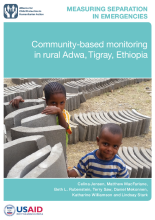
Measuring Separation in Emergencies: Haiti following Hurricane Matthew

CPMS Video Series: Standard 13, Unaccompanied and separated children


